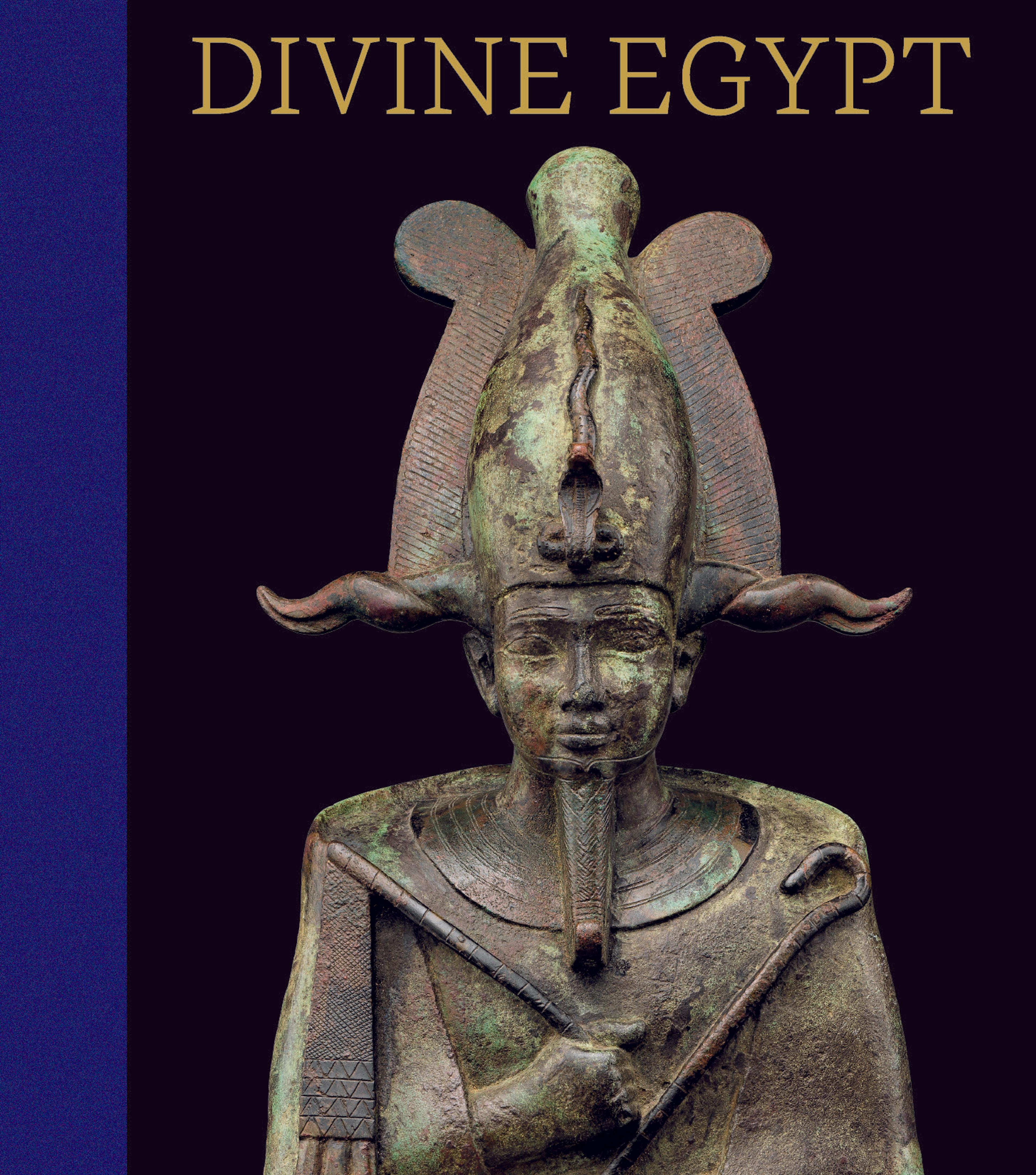Upper Part of a Hippo Goddess
This powerful sculpture is one of the earliest known statues joining multiple animal features to a human body, here a pregnant woman. This quintessential Egyptian concept produced striking imagery. Here the woman’s gravid body was given a hippo’s head from which a great crocodile tail emerges and flows down her back. Closer examination shows a crocodile’s skin flap at the back of the hippo’s mouth, and subtle incised lines at her eyes’ outer edges and above the brows represent the long hairs found on a lion’s face. Traces of pigment indicate she was once painted red with black details.
Hippo goddesses, such as Ipy and Taweret, are well known in the Egyptian pantheon after the late Old Kingdom (ca. 2323-2150 B.C.), often depicted with a fiercer demeanor than communicated here. These goddesses were responsible for the safe delivery of pregnant women and for protecting a newborn’s health. They also had a role in taking care of the king. This sculpture has been assigned an early date based on the closed mouth, absent neck, and lack of lion’s mane.
Hippo goddesses, such as Ipy and Taweret, are well known in the Egyptian pantheon after the late Old Kingdom (ca. 2323-2150 B.C.), often depicted with a fiercer demeanor than communicated here. These goddesses were responsible for the safe delivery of pregnant women and for protecting a newborn’s health. They also had a role in taking care of the king. This sculpture has been assigned an early date based on the closed mouth, absent neck, and lack of lion’s mane.
Artwork Details
- Title: Upper Part of a Hippo Goddess
- Period: Old Kingdom
- Dynasty: Dynasty 3-4
- Date: ca. 2649–2528 BCE
- Geography: From Egypt
- Medium: Indurated limestone, plaster, paint
- Dimensions: H. 16.5 × W. 12.9 × D. 11.5 cm (6 1/2 × 5 1/16 × 4 1/2 in.)
- Credit Line: Purchase, Mr. and Mrs. John A. Moran Gift, 2015
- Object Number: 2015.595
- Curatorial Department: Egyptian Art
More Artwork
Research Resources
The Met provides unparalleled resources for research and welcomes an international community of students and scholars. The Met's Open Access API is where creators and researchers can connect to the The Met collection. Open Access data and public domain images are available for unrestricted commercial and noncommercial use without permission or fee.
To request images under copyright and other restrictions, please use this Image Request form.
Feedback
We continue to research and examine historical and cultural context for objects in The Met collection. If you have comments or questions about this object record, please contact us using the form below. The Museum looks forward to receiving your comments.
